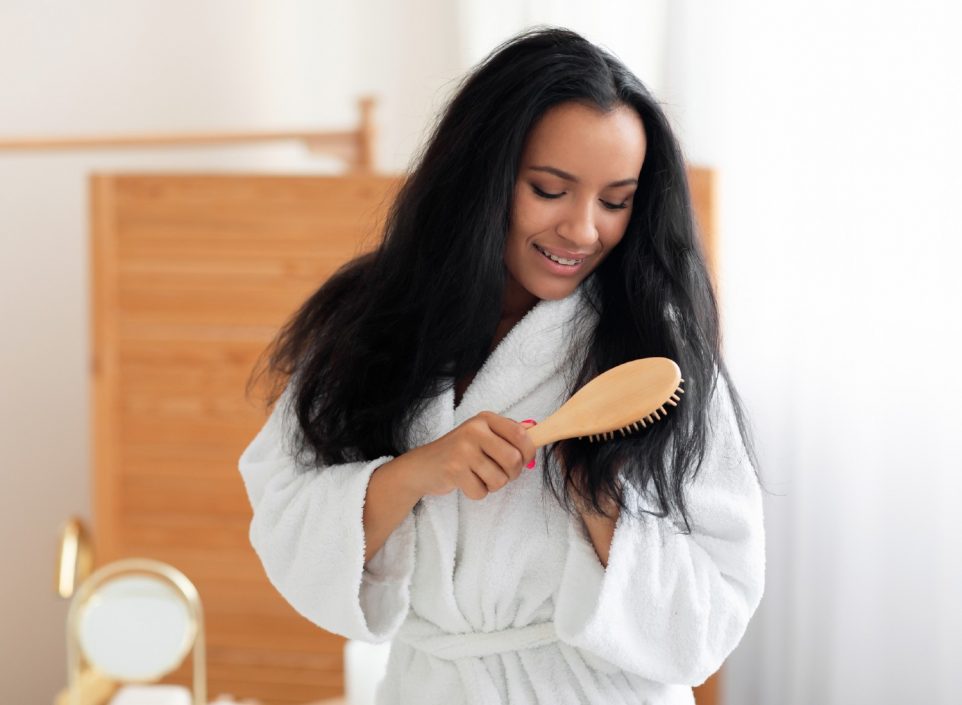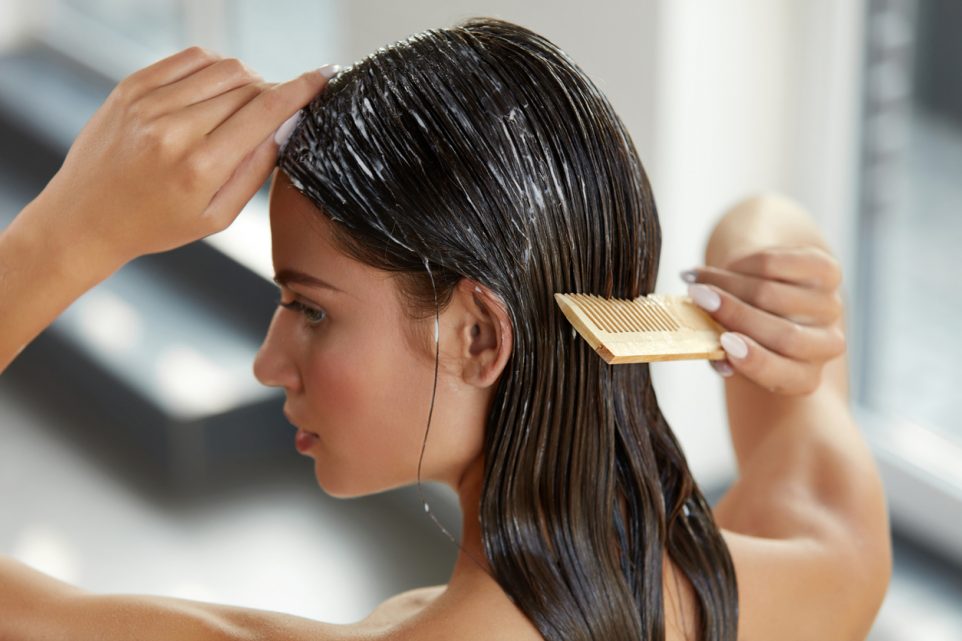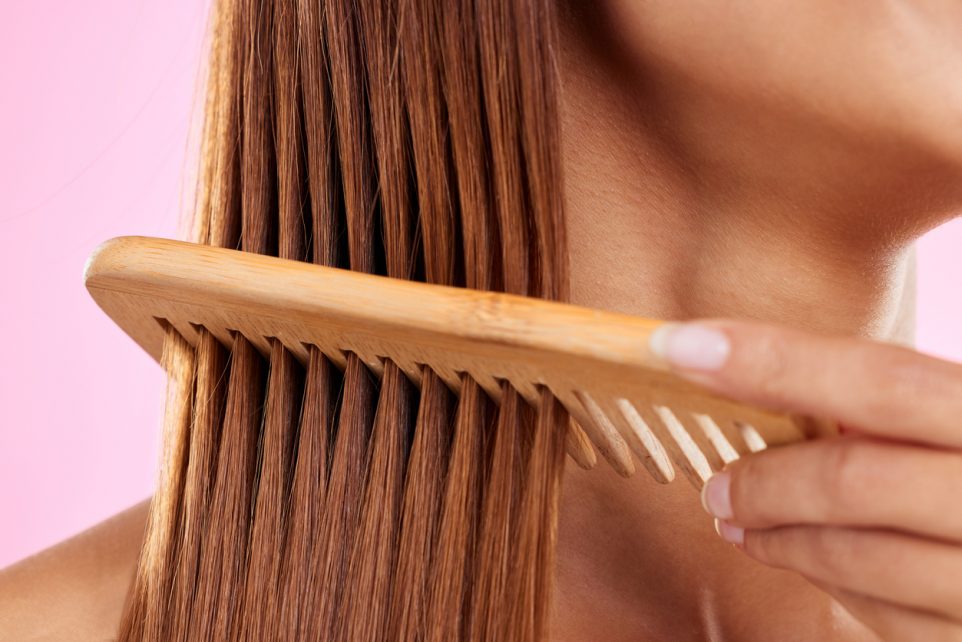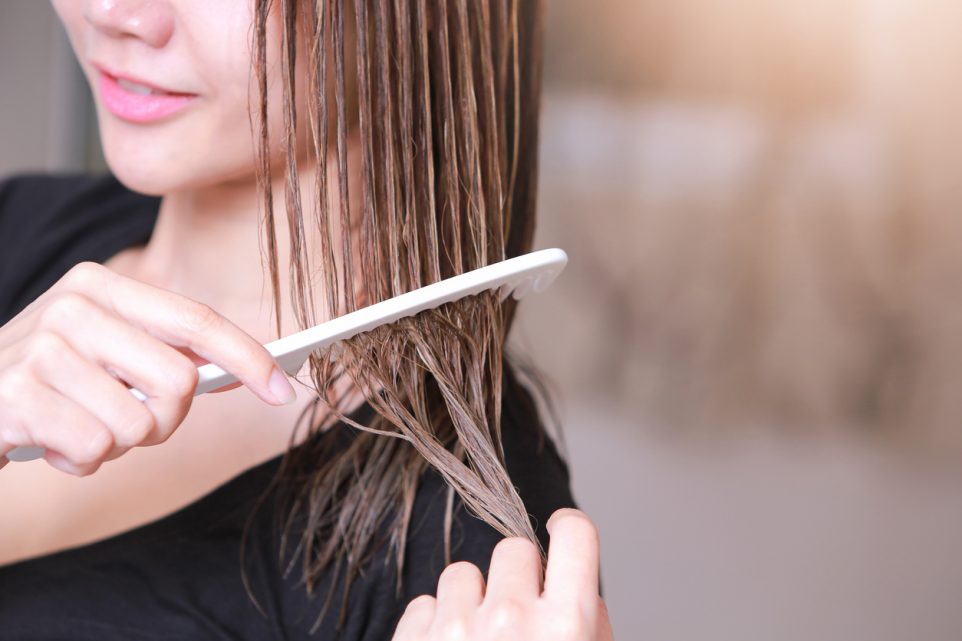4 Ways To Detangle Hair Without Any Breakage

Tangled hair can be a real nuisance, and if not handled correctly, it can lead to unwanted breakage. Let’s talk about why hair gets tangled and share some effective methods to detangle it gently and efficiently.
First up, it’s crucial to understand why our hair tangles. When the outer layer of a hair strand, known as the cuticle, is damaged, it can open up and snag on other strands, leading to knots and tangles. This is particularly common in wavy or curly hair, but no hair type is immune, especially if it’s been subjected to harsh styling products, heat styling, or insufficient hydration.
Whether your hair is fine, thick, curly, or straight, these tips are universal and can help you maintain healthy, smooth hair.
Effective Detangling Methods
Now, let’s dive into some tried and true methods to detangle your hair without causing damage or breakage.
1. Detangle with Conditioner

Conditioner isn’t just for making your hair soft; it’s a fantastic tool for detangling. After shampooing, apply a generous amount of conditioner starting from the tips of your hair and work your way up towards the roots—but skip the scalp. The slip provided by the conditioner reduces friction and makes it easier to work through knots with a wide-tooth comb. Start at the ends and gently work your way up to the roots to avoid pulling and stress on the hair.
2. Use a Detangling Spray

If you’re in a hurry or need a midday detangle, a good-quality detangling spray can be a lifesaver. Look for sprays enriched with natural ingredients like shea butter, which help soften the hair and make detangling a breeze. These sprays can be used on dry or damp hair and don’t need rinsing. They’re particularly handy for quick touch-ups or post-gym sessions.
3. Choose the Right Tools

The tools you use can make a huge difference in your detangling process. Ditch the fine-tooth combs and stiff brushes—opt for a wide-tooth comb or a specially designed detangling brush. These tools are gentler on your hair and scalp. They help loosen knots without tugging too hard, which is essential for preventing breakage.
4. Detangle When Dry or Damp—Not Wet

Wet hair is more vulnerable to damage, so it’s generally best to detangle hair when it’s dry or just damp. If you must detangle wet hair, do it in the shower with conditioner in your hair, using your fingers or a wide-tooth comb. This method reduces the risk of snapping and breaking your strands.
Personal Tips for Routine Care
My personal go-to method for detangling starts with applying a rich hair oil before washing. This pre-treatment helps in smoothing the hair cuticles and makes the detangling process much easier post-shower. Also, I make it a point to never rush through detangling; patience is your best friend here to avoid unnecessary breakage.
Prevention is key! Regularly using a leave-in conditioner can help keep your hair manageable and less prone to tangles. Also, consider sleeping with your hair in a loose braid or on a silk pillowcase to reduce friction and tangles overnight. Additionally, getting regular trims to remove split ends can greatly reduce tangling, as split ends often lead to more knots.
Elevating the Shopping Game
Our platform offers in-depth reviews and analyses across various product categories, empowering you to shop with confidence and precision. Here, transparency and detailed research pave the way for smart choices that reflect your needs and values. Join our community and elevate your shopping experience from buyer to expert, one report at a time.